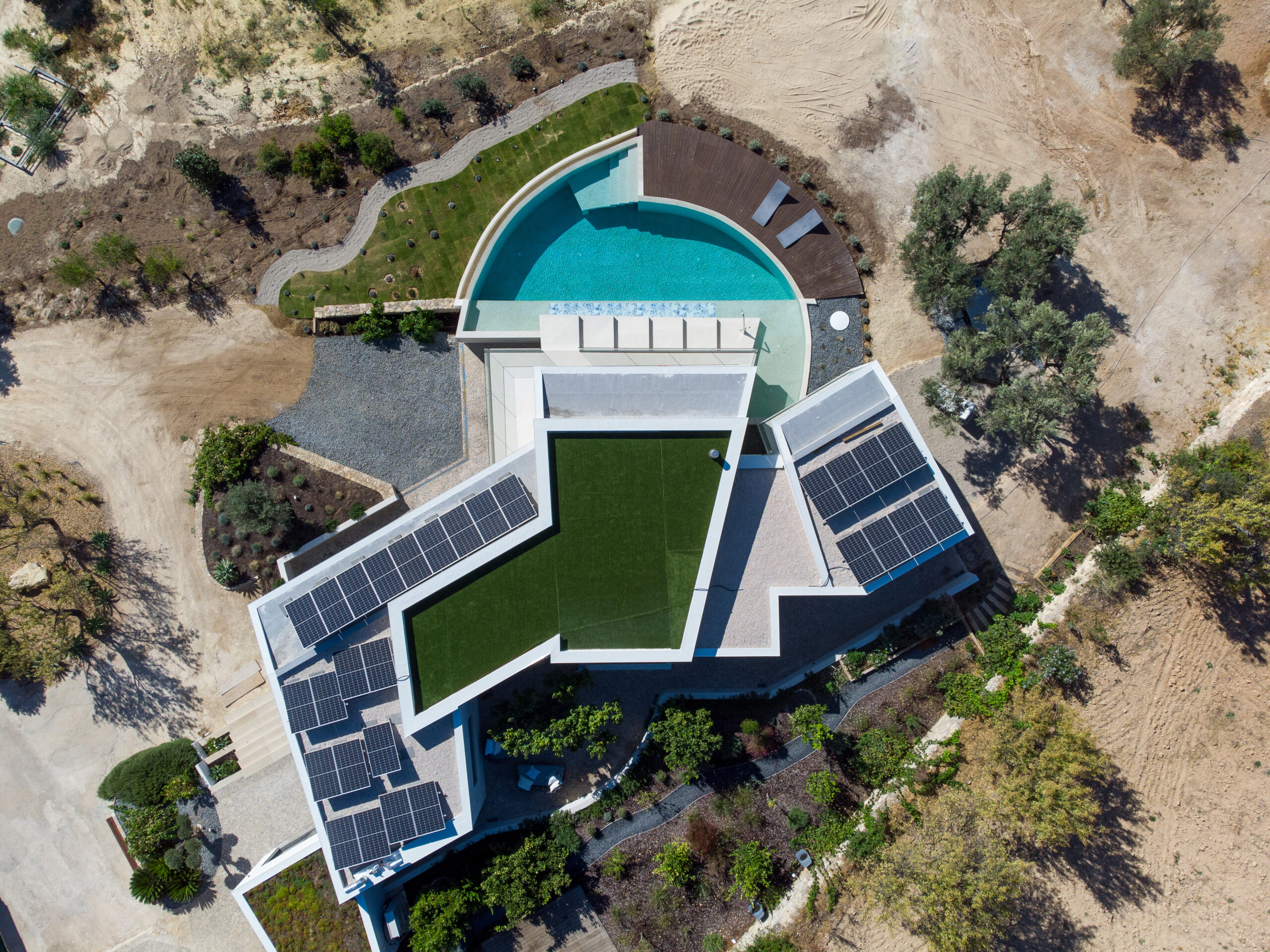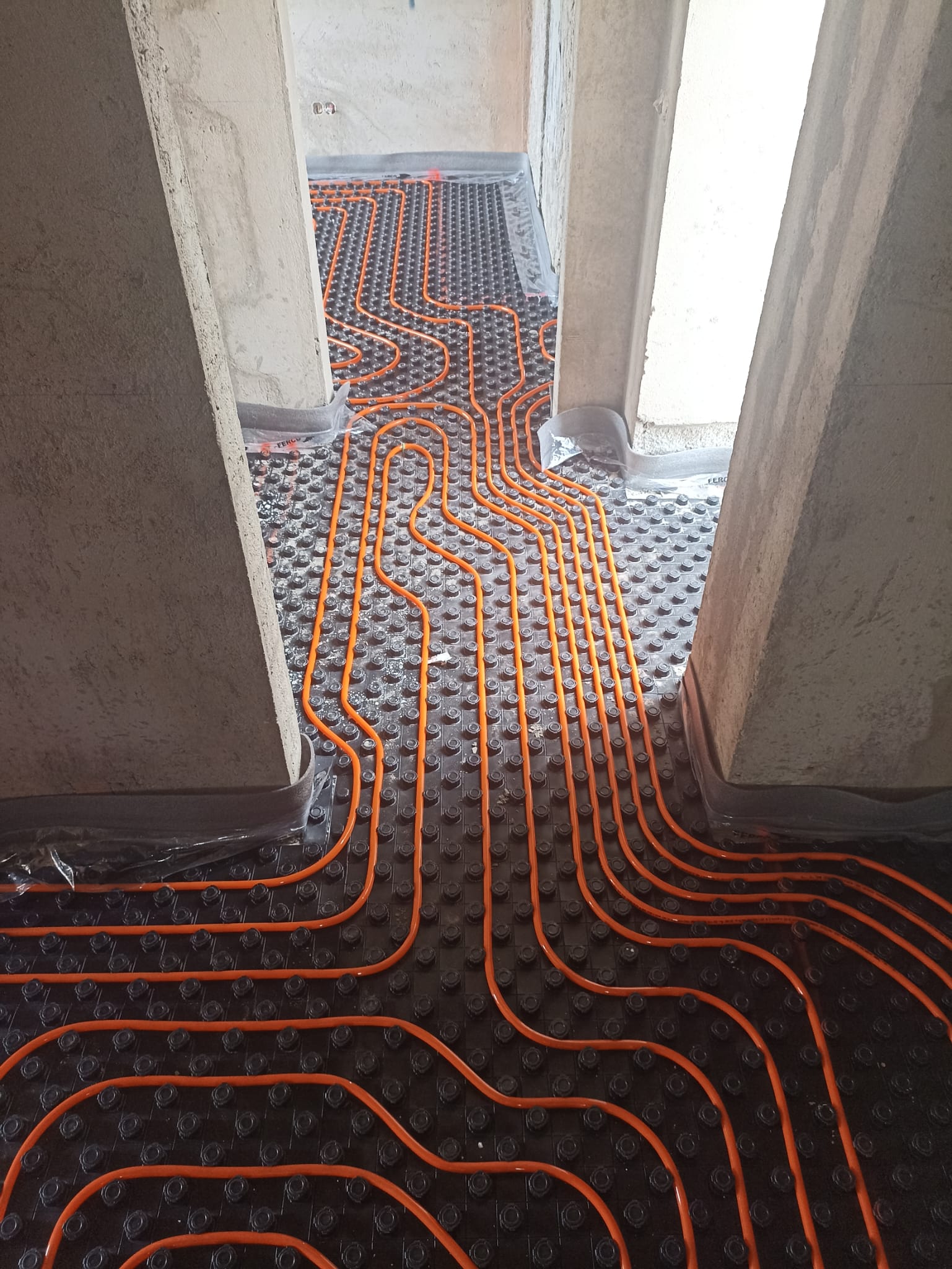As our planet faces increasing environmental challenges, the need for sustainable architecture has never been more critical.
One of the fundamental aspects of sustainable building design is maintaining an ideal temperature within structures while minimizing energy consumption. Achieving this balance involves leveraging innovative methods that promote energy efficiency and environmental responsibility.
This article explores several effective strategies for maintaining optimal building temperatures year-round, through sustainable practices.
Passive Solar Design
Passive solar design is a cornerstone of sustainable architecture. This method harnesses natural sunlight to heat and illuminate buildings, reducing reliance on artificial heating and lighting systems. Key elements of passive solar design include:
Orientation: Positioning buildings to maximize sunlight exposure during winter months while minimizing it during summer.
Thermal Mass: Utilizing materials like cork or EPS (Expanded Polystyrene) that have excellent thermal properties to keep the house cool both day and night by reducing heat transfer and maintaining stable indoor temperatures, which is especially beneficial in regions with abundant sunshine.
Insulation: Installing high-quality insulation to retain heat during winter and keep interiors cool during summer.

Green Roofs and Walls
Green roofs and walls are increasingly popular for their aesthetic and environmental benefits. These installations involve covering roofs and vertical surfaces with vegetation, which provides natural insulation. The advantages include:
Temperature Regulation: Plants absorb sunlight, reducing the heat island effect and cooling the building.
Energy Efficiency: Green roofs and walls can significantly lower heating and cooling costs by maintaining a more stable indoor temperature.
Biodiversity: These installations support local ecosystems by providing habitats for various species.

Advanced Insulation Materials
Innovations in insulation materials play a vital role in achieving ideal building temperatures. Traditional insulation methods are being enhanced with advanced materials such as:
Aerogels: Known for their excellent thermal resistance, aerogels are highly effective in reducing heat transfer.
Phase Change Materials (PCMs): PCMs absorb and release thermal energy during phase transitions, helping to maintain a constant temperature.
Reflective Insulation: These materials reflect radiant heat away from buildings, making them particularly useful in hot climates.
Smart Thermostats and Building Automation
The integration of smart technology into building management systems offers precise control over indoor temperatures. Smart thermostats and automated systems can:
Optimize Energy Use: By learning occupants’ habits and adjusting temperatures accordingly, these systems minimize energy waste.
Remote Control: Allowing users to control heating and cooling remotely ensures comfort while away from home.
Energy Monitoring: Providing real-time data on energy consumption helps identify inefficiencies and areas for improvement.

Geothermal Heating and Cooling
Geothermal systems leverage the stable temperatures of the earth to heat and cool buildings. This method involves:
Ground Source Heat Pumps: Transferring heat between the building and the ground through a network of buried pipes.
Energy Efficiency: Geothermal systems can achieve efficiency rates up to 400%, significantly reducing energy consumption.
Sustainability: Utilizing a renewable energy source that produces minimal greenhouse gas emissions.

Achieving an ideal building temperature through sustainable methods is not only essential for reducing energy consumption and greenhouse gas emissions but also for creating comfortable living and working environments.
By integrating passive solar design, green roofs, advanced insulation materials, smart technology, natural ventilation, and geothermal systems, architects and builders can create structures that are both energy-efficient and environmentally friendly.
As the field of sustainable architecture continues to evolve, these methods will play a crucial role in addressing our planet’s environmental challenges and promoting a more sustainable future.



